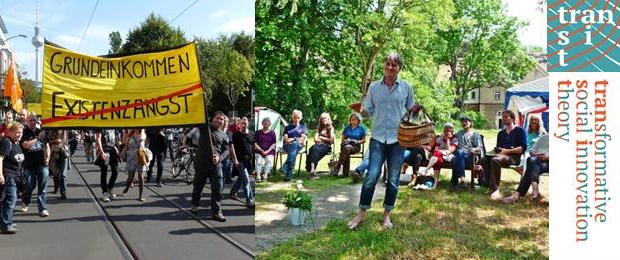Auf den stillgelegten Hafenanlagen entlang des Ufers des East River in New York entsteht der Brooklyn Bridge Park. Über 2 Kilometer erstreckt sich die Grünanlage mit Sport- und Freizeitangeboten und bester Aussicht auf die Skyline von Manhattan. Etwas weiter südlich im Herzen Brooklyns liegt der Prospect Park, ein beliebtes Ausflugsziel für Familien. Auch hier hat sich in den letzten dreißig Jahren einiges getan. Eine groß angelegte Umgestaltung verhalf dem Park seinen gefährlichen Ruf abzulegen. Brooklyn ist grüner geworden – und teurer. Könnte es also sein, dass die Entwicklung einer grünen Infrastruktur die Gentrifizierung Brooklyns befeuert hat? Weiterlesen auf dem Blog Postwachstum
One of the most controversially discussed key tracks during the 5th International Degrowth Conference 2016 in Budapest was “Degrowth and other social movements”. Can degrowth be considered a movement? Does degrowth embrace all kinds of movements struggling for a sustainable future? On one hand, the notion of “degrowth movement(s)” was rigorously criticized for fragmenting the political struggle...

A Study on Transformative Social Innovation There are numerous grassroots movements and initiatives worldwide with the ambition to contribute to transformative change towards more sustainable, resilient and just societies. Many of them have a specific vision on the economy and relate to alternative visions of a ‘New Economy’. The research project TRANSIT highlights four prominent strands of ne...
Nicht nur die Gewerkschaften, auch Ökonominnen und Ökonomen jenseits der Standardrepertoirevertretungen reden sich den Mund fusselig, dass man sich aus einer Krise nicht heraussparen kann. Selbst der IWF hat es ganz offiziell vorgerechnet: Die Kürzungspolitik, wie sie den schuldengeplagten Ländern in Europa aufgeherrscht wird, lässt die Wirtschaft weitaus stärker schrumpfen, als die Troika von IWF, [...]